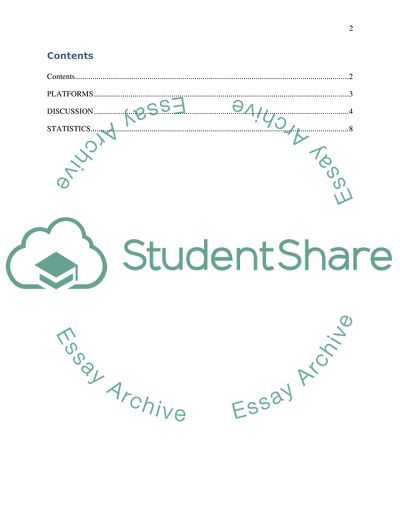Cite this document
(The Current System Analysis and Encroachment of Tourism Management Report, n.d.)
The Current System Analysis and Encroachment of Tourism Management Report. https://studentshare.org/tourism/1767536-tourism-management
The Current System Analysis and Encroachment of Tourism Management Report. https://studentshare.org/tourism/1767536-tourism-management
(The Current System Analysis and Encroachment of Tourism Management Report)
The Current System Analysis and Encroachment of Tourism Management Report. https://studentshare.org/tourism/1767536-tourism-management.
The Current System Analysis and Encroachment of Tourism Management Report. https://studentshare.org/tourism/1767536-tourism-management.
“The Current System Analysis and Encroachment of Tourism Management Report”. https://studentshare.org/tourism/1767536-tourism-management.


